Drafting 3D Models in the Automotive Industry: Enhancing Vehicle Design and Development
The automotive industry is driven by innovation and the pursuit of excellence in vehicle design and performance. In this competitive landscape, the use of drafting 3D models has become indispensable. This article explores the significance of drafting 3D models in the automotive industry, focusing on the design of vehicle components, improved collaboration, and enhanced product development.
Enhancing Vehicle Design and Development
- Streamlined Vehicle Component Design:
Drafting 3D models revolutionizes the design process of vehicle components. Engineers can create detailed and precise 3D models of various parts, including engine components, chassis, body panels, and interiors. These models enable designers to visualize the components in a virtual environment, test their fit and function, and make necessary adjustments before physical prototyping.
- Efficient Collaboration and Communication:
Drafting 3D Models in the Automotive Industry enhances collaboration among different teams involved in the automotive design process. Designers, engineers, and manufacturers can work together more effectively by sharing 3D models and exchanging feedback. This level of collaboration ensures that everyone is on the same page, minimizing errors and reducing design iterations.
- Improved Manufacturing Processes:
Drafting 3D models allows automotive manufacturers to optimize their production processes. The 3D models can be used to generate manufacturing drawings, cutting plans, and machine codes for CNC machining and additive manufacturing. This streamlines the manufacturing process, reduces errors, and improves overall efficiency.
- Integration of Complex Systems:
Modern vehicles are complex systems with numerous interconnected components. Drafting 3D Models in the Automotive Industry facilitates the integration of these systems, enabling designers to visualize and analyze how different parts interact with each other. This helps identify potential conflicts or issues early in the design stage, resulting in better overall system performance.
- Enhanced Vehicle Performance and Safety:
By using drafting 3D models, automotive engineers can simulate and analyze various aspects of vehicle performance, such as aerodynamics, structural integrity, and crashworthiness. These simulations allow for the optimization of designs to enhance performance, fuel efficiency, and safety.
- Rapid Prototyping and Iteration:
Drafting 3D Models in the Automotive Industry Accelerates the prototyping process in the automotive industry. Designers can quickly create virtual prototypes, test different design iterations, and make adjustments before physical prototyping. This saves time and resources and enables faster product development cycles.
- Integration of Advanced Technologies:
Drafting 3D models enables the integration of advanced technologies in automotive design. For example, the incorporation of electric powertrains, autonomous driving systems, and connected features can be seamlessly integrated into 3D models, allowing for comprehensive design evaluation and optimization.
- Design Validation and Testing:
Drafting 3D Models in the Automotive Industry allows for comprehensive design validation and testing. Engineers can simulate real-world scenarios and analyze the performance of different vehicle components under various conditions. This helps identify potential design flaws or weaknesses early on, leading to improvements in vehicle safety and reliability.
- Cost Reduction and Time Savings:
By using drafting 3D models, automotive manufacturers can reduce costs and save valuable time. The ability to visualize and analyze designs in a virtual environment minimizes the need for physical prototypes and reduces expensive rework. Additionally, design modifications can be made quickly and efficiently, speeding up the overall product development process.
- Lifecycle Management:
Drafting 3D Models in the Automotive industry facilitates effective lifecycle management of automotive products. The 3D models serve as a digital representation of the vehicle components, allowing for easy access to information about dimensions, materials, and specifications. This helps with maintenance, repairs, and future modifications.
- Customization and Personalization:
The automotive industry is seeing an increasing demand for customization and personalization. By Drafting 3D Models in the Automotive Industry, designers can easily modify and adapt vehicle designs to meet individual customer preferences. From interior features to exterior styling, 3D modeling enables automotive companies to cater to unique customer requirements.
- Sustainability and Environmental Considerations:
Drafting 3D models also aligns with sustainability goals in the automotive industry. By using virtual models, manufacturers can optimize designs to reduce weight, improve fuel efficiency, and minimize environmental impact. This contributes to the development of more eco-friendly vehicles and supports sustainability initiatives.
- Documentation and Communication:
Drafting 3D Models in the Automotive industry provides accurate and detailed documentation of vehicle designs. These models can be easily shared with stakeholders, suppliers, and regulatory authorities, ensuring clear communication and alignment throughout the design and manufacturing process.
- Future Innovations:
Looking ahead, Drafting 3D Models in the Automotive Industry will continue to play a vital role in shaping the future of the automotive industry. Advancements such as generative design, additive manufacturing, and virtual reality integration will further enhance the capabilities of 3D modeling, leading to even more efficient and innovative vehicle designs.
Drafting 3D Models in the Automotive Industry
Drafting 3D models plays a crucial role in the automotive industry, transforming vehicle design and development processes. From streamlining component design and facilitating collaboration to improving manufacturing processes and enhancing vehicle performance, the benefits of drafting 3D models are undeniable. As automotive manufacturers continue to push the boundaries of innovation, the use of Drafting 3D Models in the Automotive Industry will remain at the forefront of design and development, enabling the creation of safer, more efficient, and technologically advanced vehicles.




















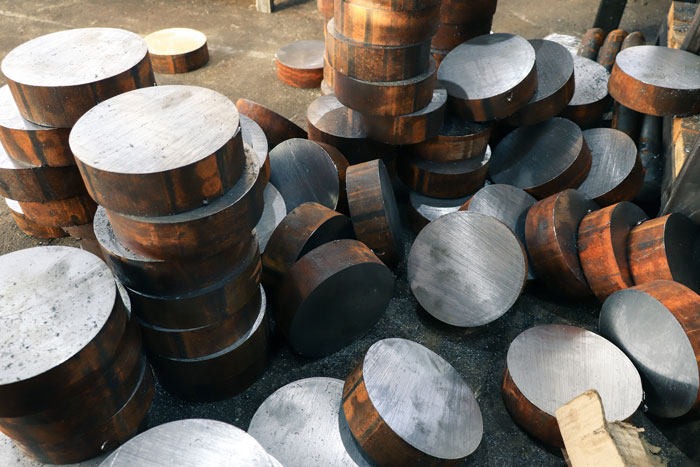
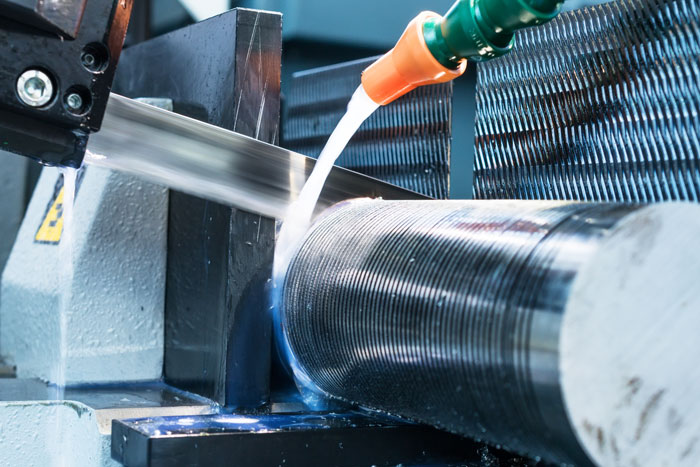





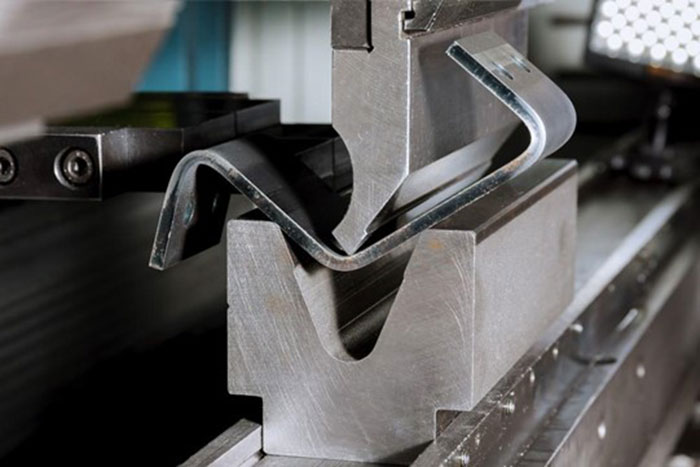

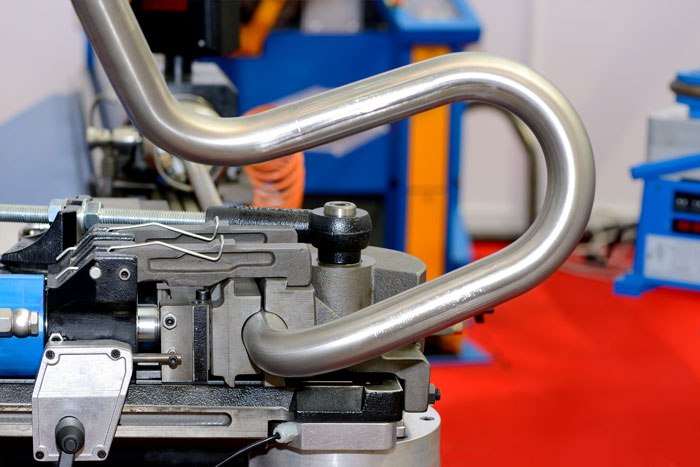

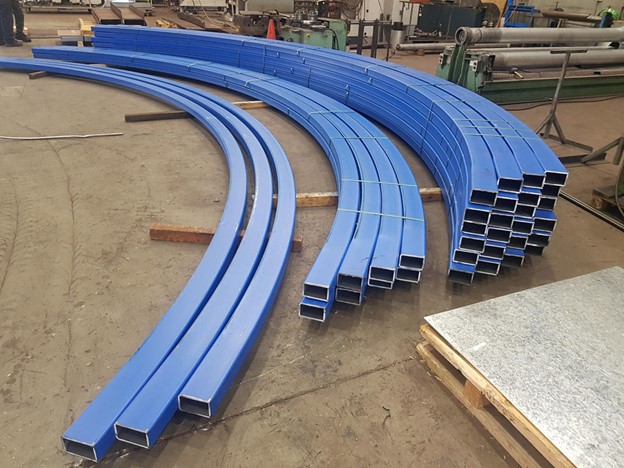






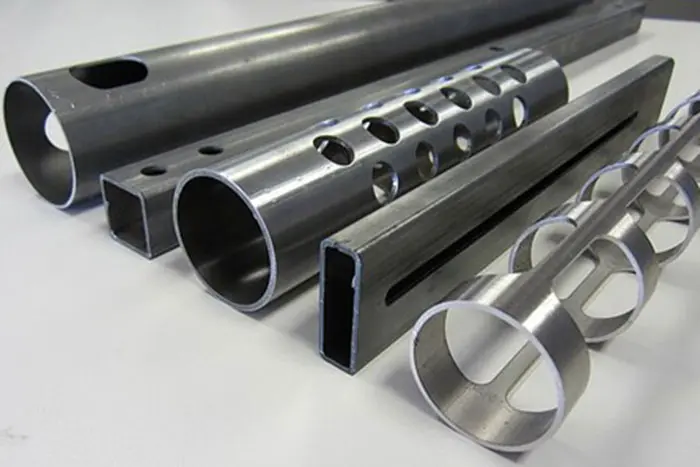











Leave a Reply